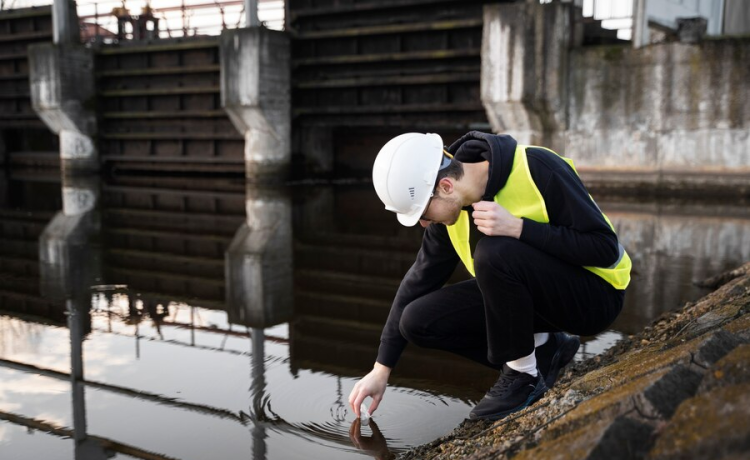Water damage can be a major headache. It disrupts your life and can cause significant property damage. If you’ve ever experienced a water disaster, you know how overwhelming it can be. The key is to act quickly and efficiently.
Immediate Actions to Take
When you first notice water damage, your response is critical. Turn off the water source if possible. This might mean shutting off the main water valve to your home. Next, turn off the power in affected areas to prevent electrical hazards. If the water is coming from a burst pipe, you’ll need to call a plumber immediately.
Water disaster restoration technicians play a crucial role at this stage. They have the expertise to assess the extent of the damage. They use specialized equipment to extract water and dry out the affected areas. This is a crucial step to prevent mold growth and further structural damage.
Assessing the Damage
Once the immediate crisis is under control, it’s time to assess the damage. This involves inspecting walls, floors, and ceilings for signs of water infiltration. Water Disaster Restoration Technicians often use moisture meters to detect hidden water. It’s not just about what you can see; hidden moisture can lead to bigger problems down the line.
Check for warping or swelling in wood, peeling paint, or mold spots. These are signs that the damage is more extensive than it appears. Documenting the damage is essential for insurance purposes. Take photos and make a detailed list of affected areas and items.
Repairing and Restoring
After assessing the damage, the next step is to start the repair process. This can range from minor fixes, like replacing drywall, to major repairs, such as replacing structural beams. Water disaster restoration technicians can guide you through this process. They have the knowledge to handle repairs that will ensure your home is safe and secure.
When making repairs, use materials that are resistant to water damage. For example, mold-resistant drywall and moisture-resistant paint can help prevent future issues. It’s important to address all damaged areas thoroughly. Even small issues can become big problems if left untreated.
Preventing Future Water Damage
Prevention is always better than cure. Once the immediate damage has been addressed, focus on preventing future issues. Start by inspecting your home’s plumbing regularly. Look for leaks or signs of wear and tear. Addressing these issues early can prevent a minor problem from becoming a major disaster.
Install sump pumps in areas prone to flooding. Ensure that gutters and downspouts are clear of debris to direct water away from your home. Proper landscaping can also help. Grading your yard so that water flows away from your foundation is an effective way to prevent future water damage.
Working with Professionals
Finally, working with water disaster restoration technicians can be invaluable. Their expertise ensures that every aspect of water damage is handled efficiently. They can also provide guidance on preventive measures and ongoing maintenance.
These professionals are trained to handle all sorts of water damage scenarios. From flood restoration to mold remediation, they have the skills needed to restore your home. Their services extend beyond immediate repairs. They offer advice and solutions to help you avoid future problems.
Conclusion
Addressing water damage involves several crucial steps. From immediate actions to repairs and prevention, each step plays a role in ensuring your home remains safe and dry. Water disaster restoration technicians are essential partners in this process. Their expertise helps manage the damage effectively and prevent future issues.
















